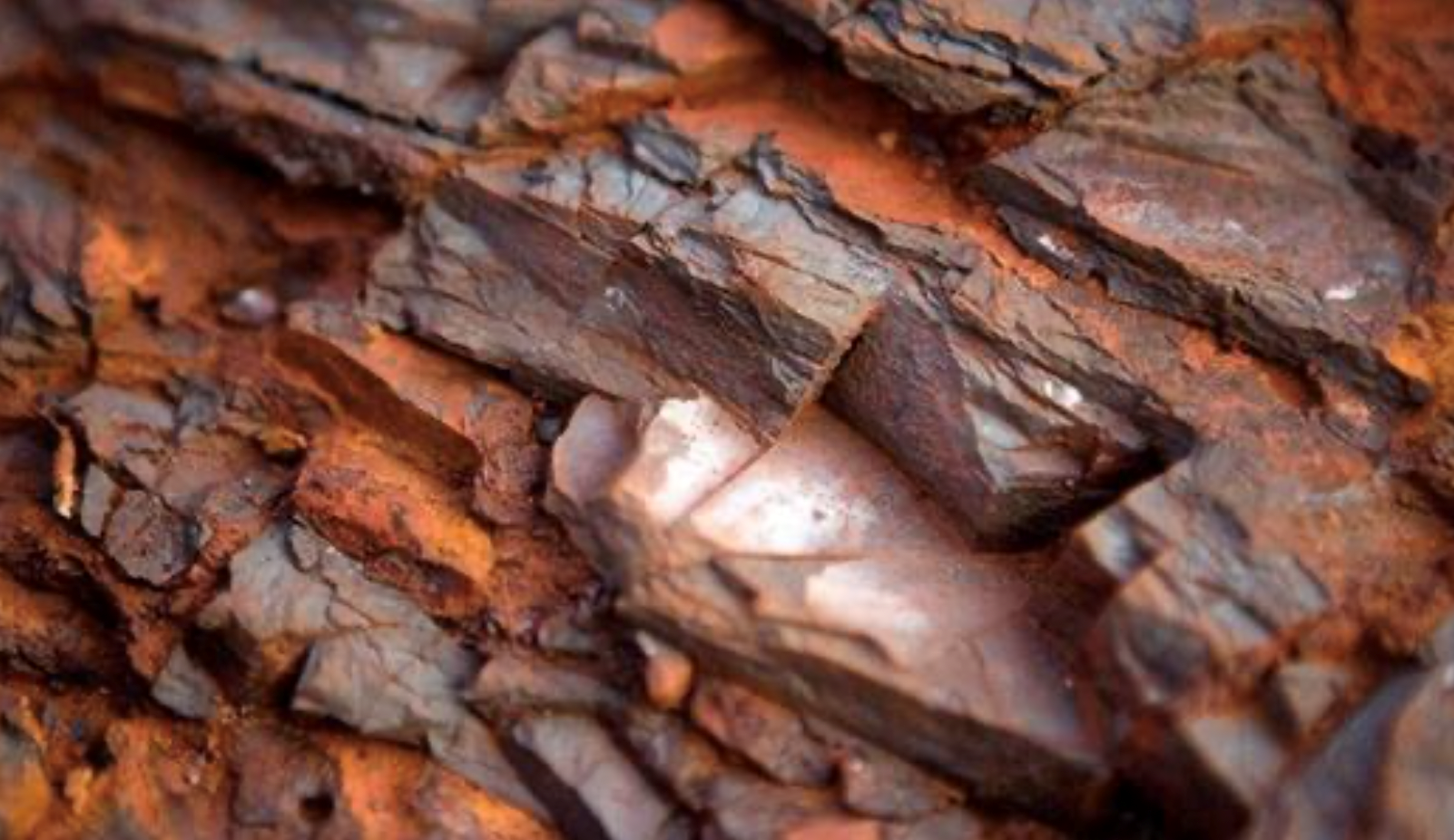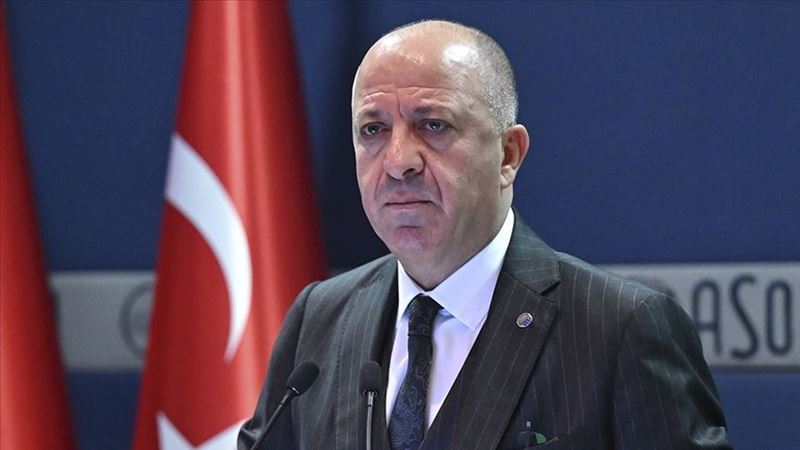A new report from the Institute for Energy Economics and Financial Analysis (IEEFA) warns that Australia's iron ore industry faces challenges in meeting global demand for green iron. The report states that the quality of Pilbara, Australia's main iron ore producer, is mostly below direct reduced iron (DRI), making it less suitable for low-carbon steel production. This leaves Australia vulnerable to competition from regions like Brazil and Africa, which have abundant high-quality ore reserves. The Middle East is already a center for steel production using direct reduction using natural gas and is well positioned to switch to clean hydrogen produced using solar resources.
The report argues that Australia has numerous advantages to propel the global steel sector into a low-carbon future, including renewable energy, good infrastructure, and a stable investment environment. However, it calls for Australia to address the challenges posed by its low-quality ore and the high cost of delivering green hydrogen. The report calls for Australia to focus on using green hydrogen in domestic industrial sectors, such as the production of value-added products like green iron, and accelerate research and development to enable Pilbara iron ores to be used in low-carbon iron production using direct reduction processes.
The report's findings come at a time when the global steel industry is under increasing decarbonization pressure, with the International Energy Agency (IEA) stating that the steel sector must cut emissions by 80% by 2050. Switching to direct reduction-based steelmaking using green hydrogen is seen as a key way to decarbonize the steelmaking industry, but the high cost of green hydrogen is a major barrier to its widespread adoption.









Comments
No comment yet.